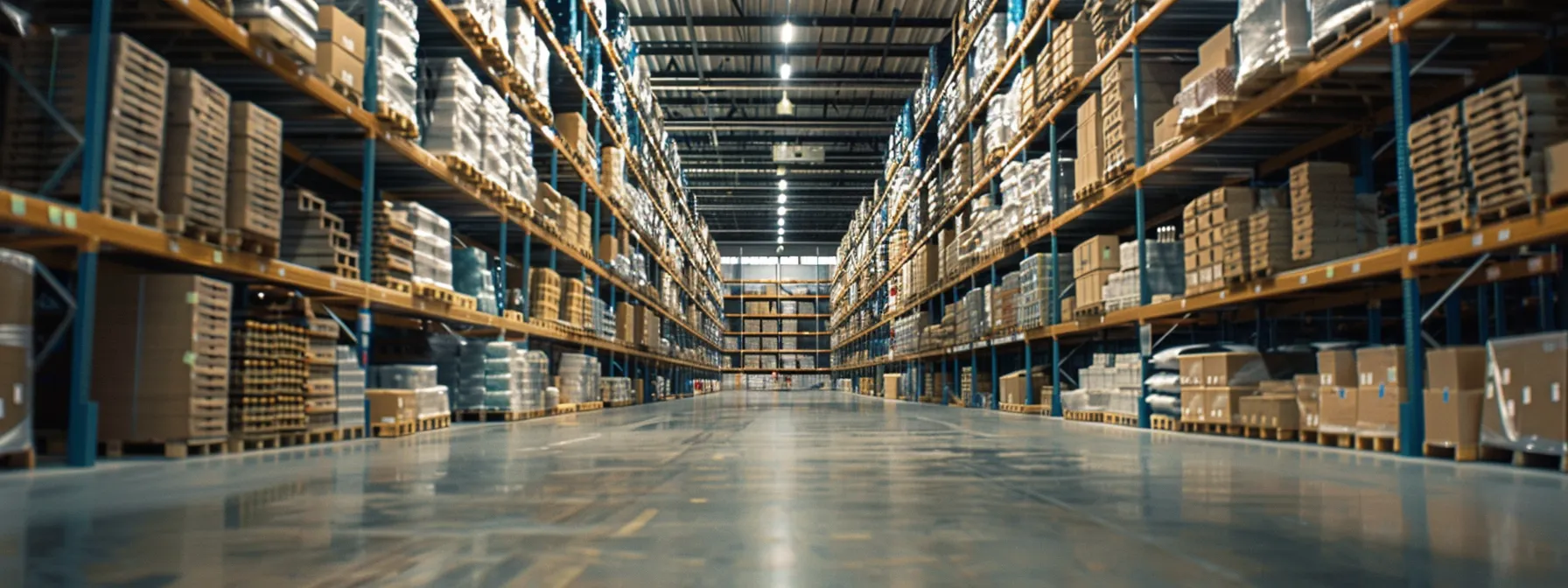The wholesale distribution industry for durable goods is constantly evolving, driven by changing consumer demands, supply chain complexities, and technological advancements. Success in this sector requires not only efficient operations but also strategic insights and access to the right resources. From sourcing high-quality products to managing logistics and maintaining strong supplier relationships, distributors face numerous challenges that can impact profitability and growth. Below, we delve into the key resources and strategies that can help businesses thrive in the competitive world of durable goods wholesale distribution.
Understanding the Wholesale Distribution Model for Durable Goods

Wholesale distribution of durable goods plays a crucial role in connecting manufacturers with retailers, ensuring products like appliances, furniture, and industrial equipment reach the market efficiently. Distributors provide value through bulk purchasing, storage, and delivery services, helping businesses manage the logistical challenges of handling large volumes of long-lasting products. Tight profit margins make operational efficiency and careful inventory management essential, and many distributors rely on specialized software to streamline their processes.
Success in this sector also depends on effectively managing data and market insights. By leveraging analytics, distributors can make smarter decisions about stock, pricing, and customer preferences, while staying informed about regional and global market trends helps them anticipate changes in consumer behavior and economic conditions. Those who adapt quickly can maintain a competitive edge, while those who don’t risk falling behind in a complex and fast-moving industry.
Strategic Partnerships and Networking in Durable Goods Distribution
Creating strategic partnerships is essential in durable goods distribution. Aligning with manufacturers that share similar values ensures consistent product quality and reliability, while strong relationships with retailers help secure favorable terms and insights into customer preferences. Networking within the industry allows distributors to identify opportunities, stay informed on trends, and form alliances through trade associations and events, enabling collaborative marketing or joint ventures.
Maintaining open communication with partners helps distributors anticipate demand changes and adjust procurement strategies during market fluctuations or supply chain challenges. Collaborating with suppliers on exclusive products can strengthen a distributor’s competitive position while providing manufacturers with stable market outlets.
Technology Integration and Automation in Wholesale Distribution
In the wholesale distribution of durable goods, technology and automation are significantly enhancing efficiency. Advanced inventory management and logistics software streamline workflows, reduce manual errors, and support faster decision-making. Real-time data collection enables distributors to monitor inventory, anticipate replenishment needs, and respond quickly to market changes, helping prevent overstocking and stockouts.
E-commerce platforms play a growing role, allowing businesses to order online while maintaining seamless integration with inventory systems for improved customer experiences. Automation innovations, including robotic warehousing and autonomous delivery vehicles, are increasingly being adopted, optimizing the supply chain by increasing speed, accuracy, and cost-effectiveness in the distribution process.
Regulatory Compliance and Quality Assurance in Durable Goods

Navigating regulations in the distribution of durable goods is essential for avoiding fines and maintaining a reliable reputation. Distributors must comply with safety standards, environmental rules, and trade laws, which differ across regions and product categories. Rigorous quality assurance protocols help ensure products meet performance and safety criteria, reinforcing customer trust and offering a competitive edge.
Compliance also allows distributors to demonstrate corporate responsibility, with proactive environmental stewardship and ethical sourcing gaining recognition from partners and consumers. Investing in staff training on regulations and quality practices fosters a culture of excellence, reduces the risk of errors, and supports the consistent delivery of high-quality products to the market.
Forecasting Demand and Inventory Management Strategies
Accurate demand forecasting is crucial for effective inventory management in durable goods distribution. By examining historical sales data and market trends, distributors can predict future demand and adjust inventory levels, balancing product availability with the costs of excess stock. Dynamic strategies, such as Just-In-Time (JIT) systems, help reduce inventory while maintaining customer satisfaction, but require precise coordination and strong supplier relationships.
Technology enhances this process through inventory management software that automates forecasting and replenishment, while integration with sales platforms incorporates real-time data for improved accuracy. Diversifying suppliers and preparing contingency plans mitigate risks, ensuring uninterrupted supply and maintaining operational efficiency.
Altogether, the landscape of wholesale distribution for durable goods is complex and ever-evolving, shaped by technological innovations, market trends, and regulatory requirements. Success hinges upon a distributor’s ability to integrate efficient technologies, foster solid partnerships, maintain regulatory compliance, and implement effective inventory management practices. Adaptability and foresight will remain the hallmarks of leading distributors in this challenging yet rewarding field.




